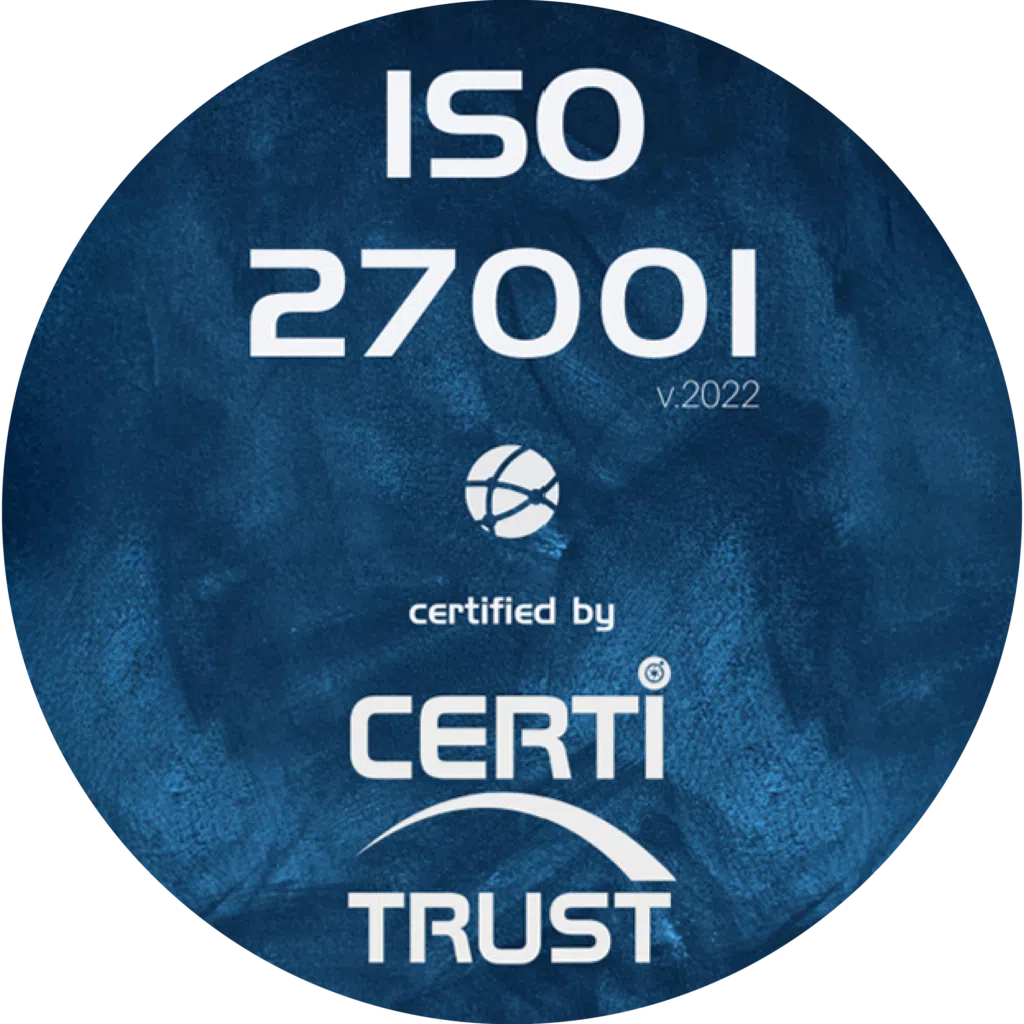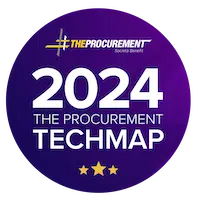Supplier risk management is a rather complex task, but one that is essential to the sustainability of a company’s supply chain. Without a supplier, it is obvious that the repercussions will be disastrous for a company, as multiple losses will result.
The best way to manage supplier risk is simply to anticipate it. It is imperative to establish in advance the possible stock-outs that may arise and, at the same time, to think about mapping the exact and complete risks that may exist. Good supplier panel management can reduce supplier risks.
Develop a detailed supplier database
The first step in managing supplier risk is tocompile a fairly comprehensive database of all the suppliers affiliated to the company. In this case, it makes sense to set up a supplier panel. All the information gathered must then be integrated into the supply chain as a whole, as well as into each of the systems that enable the company to be productive.
The more comprehensive the supplier database, the easier it will be toanticipate risks that could arise at any time. Good supplier risk management means above all being able to predict incidents that could prevent a company from being supplied. Such an analysis makes it easier to implement methods and strategies that enable the company to deal with any unforeseen events in advance. The implementation of supplier management software is therefore necessary to optimise this process.
For this database to be of benefit to the company, it must be updated on a regular basis. In reality, supplier risks are not constant data, as they vary according to the situation. To make data collection easy, it is essential to draw up logistical reports that are easy for everyone to understand. Good supplier risk management also involves monitoring and identifying internal and external factors capable of tarnishing the company’s image.
Classifying suppliers by risk category
There are several types of supplier risk:
- Financial risks: risks relating to the economic health of suppliers, outstanding amounts belonging to them, payment deadlines, etc. Financial risks are common when payment deadlines are not met, for example.
- Technical risks , which can prevent any production from taking place, thereby seriously jeopardising a company’s productivity;
- Contractual risks refer to legal situations, legislation and state powers. This may involve a breach of contract;
- Image risks can damage a company’s respectability or reputation. It may involve misconduct against the environment. It can also involve ethical and social issues;
- Business risks are problems with the performance and management of products recommended by a supplier.
Based on the data developed, it is up to the company’s purchasing manager to identify suppliers who represent a potential risk for the supply chain in the event of unforeseen events. Suppliers who represent a potential risk are those who will not be able to comply with the regulations on a consistent basis. There are also those who are likely to fail due to certain economic, meteorological or geopolitical situations.
By classifying suppliers by risk category, and putting in place a strategy to find new suppliers in reserve, the company will always be able to take advantage of timely supplies. This requires better management of the supplier chain, made possible by an analysis of the supplier purchasing cycle. The more transparency and excellent communication there is between the procurement manager and suppliers, the easier and more effective it will be to put in place strategies and methods to counter any unforeseen events, such as late payment.
Use predictive analysis of supplier data to prevent risk
The best way to effectively manage supplier risks is to anticipate them using the dashboards available in purchasing management software such as Weproc. It is imperative that a course of action is drawn up and implemented in advance of any likely risks, well before the request is made. Of course, it is impossible to predict exactly what will happen when it comes to supplier risks, but it is important to do so.
To avoid being negatively surprised by a supplier disruption that will not be without consequences for a company, it will be necessary to be constantly on the lookout for new suppliers. However, if predictive analysis is to be a success, the data collected on suppliers must be well integrated.


Updating supplier data
Supplier data needs to be updated on a regular basis to improve risk management and supplier monitoring. It has to be said that some suppliers are loyal to their commitment over the long term. At the same time, others may be unable to meet the terms of their contracts because of adverse situations. Although the risk factors are different, it is important to ensure that the data corresponds to the current situation of the suppliers. This makes it possible to know the supplier’s status in real time, and whether they are a strategic supplier or a vulnerable one.
Every purchasing manager in a company needs to have the best approach so that there is excellent communication between them and the various suppliers. A good relationship with suppliers enables a company to help its suppliers. The latter can then put in place emergency measures to cushion any risks that may arise during the supply and delivery process.
There are many reasons why a supply chain can be subject to blockages:
- Natural disasters
- Regulatory adjustments;
- Failure to meet shipping deadlines;
- Geopolitical fragility..
Natural disasters
In the event of a natural disaster, all installations, means of transport, etc. may be destroyed. The company will already need to have other suppliers on hand so that it is not dependent on one supplier or one locality for its supplies.
Regulatory adjustments
It has to be said that the charters relating to sourcing and human rights that have been drawn up recently have a negative impact on a number of factors. These factors include product prices and access to raw materials and finished products.
Failure to meet shipping deadlines
The supply of products may be delayed due to a natural disaster that may wipe out roads, ports, railways, etc. Regulatory issues may also cause delivery delays. It is up to the company to assess a number of companies operating in the transport sector to certify the existence of routes through which suppliers can pass in the event of transport problems.
Geopolitical vulnerabilities
Raw materials production plants may be located in regions where the political climate is not ideal. There may be political interference or civil wars in these regions, which are factors that can disrupt production.
It is not easy to predict exactly which disruptions may lead to supplier risk. It is up to the company to plan in advance the methods and strategies for obtaining supplies from a supplier who has already been sworn in. The company must also be able to put in place routes through which suppliers can pass in the event of road, rail or other blockages. These are just some of the methods that can help in the supplier risk management process.
Want to learn more about our Weproc procurement management software?
Contact us or request your 15-minute demo below!









